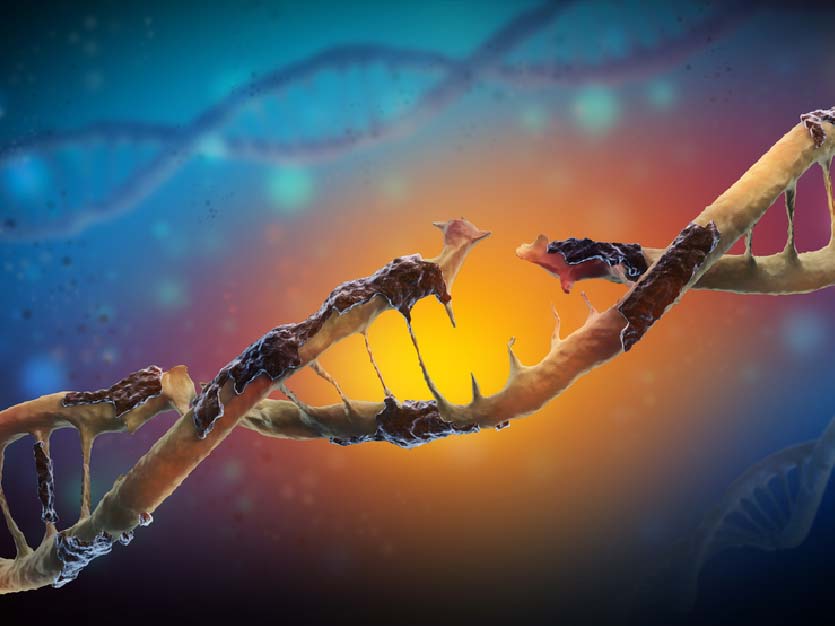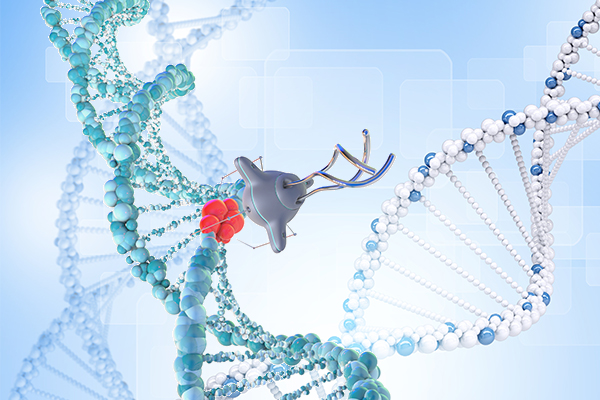
Many of the most popular vacation destinations are in warm, sunny climates like Hawaii or Southern California, and there are larger human populations where people can actually go outside without having to put on a sweater. With the warm, comfortable weather comes exposure to the sun. Our sun, of course, is the center of the solar system, the constant supplier of natural energy on Earth, and at the same time, a dangerous source of ultraviolet (UV) radiation. While enjoying the warmth of the sun, we also need to protect ourselves from UV and the maladies it could cause.
Some Skin In the Game: Protecting Ourselves From the Sun and Ultraviolet Radiation
Many of us have had the unfortunate experience of being sunburned, even when we are barely in the sun for a few minutes. Even after applying copious amounts of sunscreen or sunblock, over time, mild sunburns can develop as the protection wears down or gets gradually washed away by pool water. It is not pleasant feeling like your clothes are velcroed to your skin as you get undressed, although the bloodcurdling screams as someone inadvertently claps you on the back can be rather amusing for bystanders. Some sunburns are even more severe, as they might have penetrated past the epidermis and into the underlying dermis. (Figure 1) Ultimately, sunburns are a painful reminder that we need to be vigilant in protecting our skin.
Skin comprises the body’s outer covering and our first line of defense from the elements. (Figure 1) Besides being a physical barrier, skin cells called melanocytes produce melanin, which accumulate within keratinocytes, and block UV penetration into the deeper tissues. 1 The protective value of the melanin within the skin is apparent when you consider that DNA can be damaged by UV radiation, which could lead to mutations that drive tumorigenesis. 1, 2
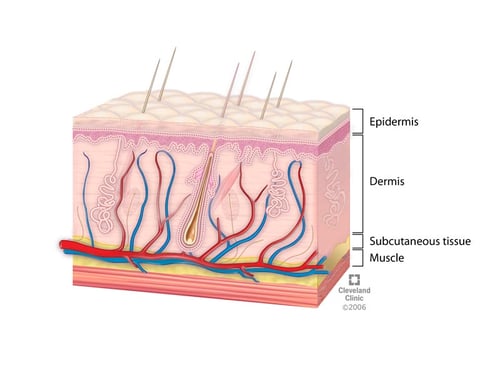 Figure 1: A cross section of human skin. Source: Cleveland Clinic
Figure 1: A cross section of human skin. Source: Cleveland Clinic
Literally Breaking the Code: DNA Damage and Cancer
If enough UV radiation penetrates the skin, DNA damage will accumulate and contribute to the formation of cancers. Knowing that genomic instability is a hallmark of cancer, and that DNA damage is an instigator of that instability, it isn’t hard to connect the dots between excessive sun exposure and cancer. 1-3 The struggle for every multicellular organism, including humans, to maintain genome integrity continues throughout our lifetimes, as environmental factors such as UV bombard our DNA and the cellular repair machinery battles to remove the lesions and retain the original code. 2 (Figure 2)
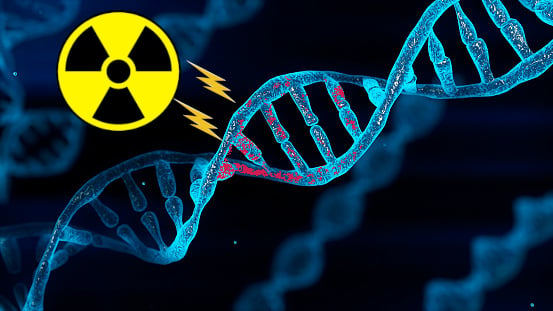
Figure 2: DNA damage can occur due to environmental factors including UV and ionizing radiation. This can lead to cell cycle arrest and apoptosis if DNA is not properly repaired, and to tumorigenesis if the cell can escape checkpoints.
In cells with functional DNA repair mechanisms and proper checkpoints, the DNA would normally be repaired, or if repair is not possible, the cell would be targeted for apoptosis to protect the organism. 2 However, the accumulation of hallmark mutations could allow the cell to escape cell cycle checkpoints, thereby sustaining growth and avoiding apoptosis, and ultimately leading to additional genomic instability and tumorigenesis. 1, 3 With more studies reporting that blood-based tumors may not arise until years after the first mutation in cancer-associated genes, it makes sense to work with what we can control and reduce the exposure to environmental insults that could accelerate the accumulation of even more cancer-driving mutations. 4-6
A Time to Act: Skin Cancer is Preventable!
Skin cancers, both melanoma and non-melanoma alike, comprise the most common malignancies in humans not just in the United States, but all over the world. 1, 7 The prevalence and death toll from melanoma alone is a massive burden to society, which is why many resources are devoted to not only the treatment, but also the prevention, of melanoma and other skin cancers. 7
The broad consensus is that skin cancer is primarily the result of prolonged sun exposure and sunburns, so the best preventative measure is to reduce the amount of time in the sun, or at the very least, wear an adequate amount of sun protection. 7 If detected early, the survival rates from skin cancer are very high, which is why you should keep an eye on any abnormal skin issues, including moles. The “ABCDE” rule to examine new or evolving moles is one of the best guides to follow for self-examination. (Figure 3)
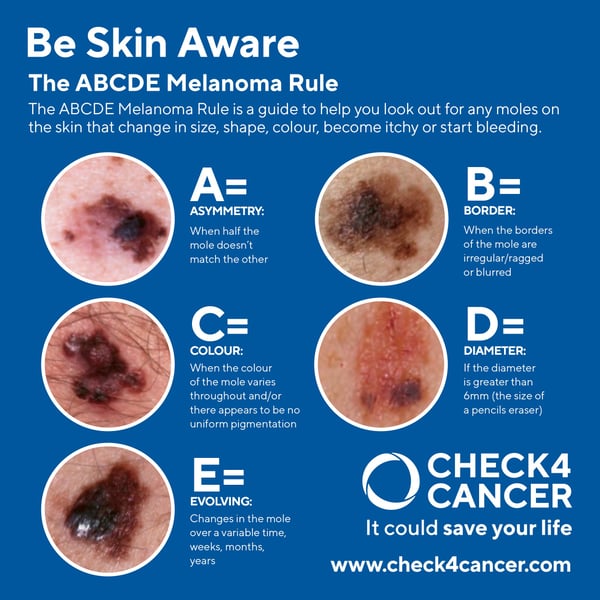
Figure 3: The “ABCDE” Rule for mole examination is an effective guide to ensuring that you detect skin cancers early. Source: check4cancer.com
How ABclonal Can Help
For those of you actively studying cancer and melanoma, please peruse our product catalog related to the study of cancer pathways. Besides providing you with quality reagents to fulfill your research needs, we hope that you protect yourselves during your travels or recreation in the sun. And if you see something abnormal on that precious skin, please seek the advice of a dermatologist right away; it could save your life!
References
- D’Orazio et al. (2013) “UV Radiation and the Skin.” Int J Mol Sci 14(6):12222-12248.
- Rastogi et al. (2010) “Molecular Mechanisms of Ultraviolet Radiation-Induced DNA Damage and Repair.” J Nucleic Acids 2010:592980 (Epub).
- Hanahan and Weinberg (2011) “Hallmarks of Cancer: The Next Generation.” Cell 144(5):646-674.
- Egeren et al. (2021) “Reconstructing the Lineage Histories and Differentiation Trajectories of Individual Cancer Cells in Myeloproliferative Neoplasms.” Cell Stem Cell 28(3):514-523.
- Cheek and Naxerova (2022) “Mapping the long road to cancer.” Cell 185(6):939-940 (Preview)
- Williams et al. (2022) “Life histories of myeloproliferative neoplasms inferred from phylogenies.” Nature 602:162-168.
- Tripp et al. (2016) “State of the Science on Prevention and Screening to Reduce Melanoma Incidence and Mortality: The Time is Now.” CA Cancer J Clin 66(6):460-480.


